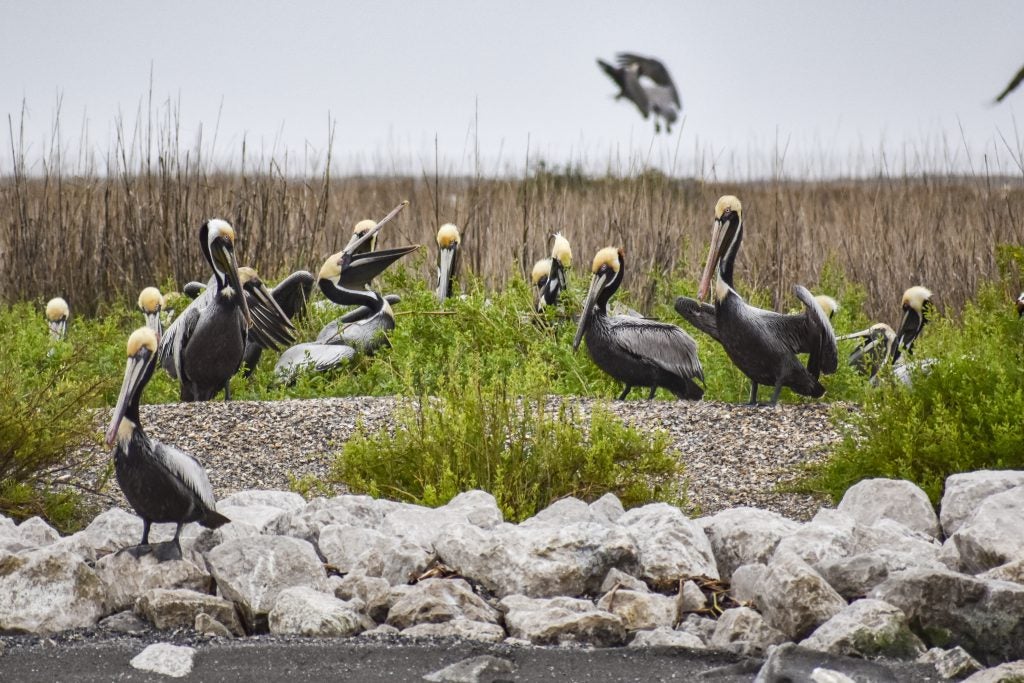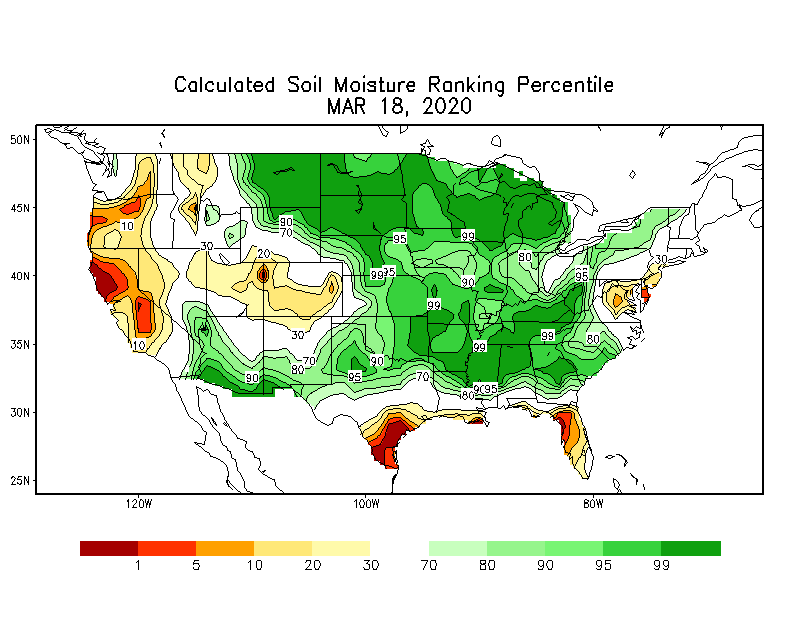Hurricane season is just around the corner, but experts are already predicting an above-average season.
Researchers at Colorado State University and meteorologists at Accuweather each released predictions indicating that the 2020 Atlantic hurricane season could be cause for concern with the potential for up to nine hurricanes and an “above-average probability for major hurricanes making landfall along the continental United States.”
Adding additional concern, water temperatures in the Gulf of Mexico are currently extremely warm, creating a recipe for intensifying storms. Read More











